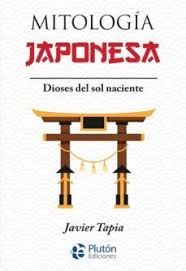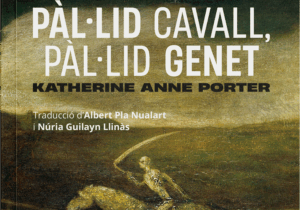
Original Language: English
Tìtulo original: Don’t look now
Translator: Miguel Sanz Jiménez
Year of publication: 1971
Valoración: advisable
He knows well to write a “zoom” after so long. For the youngest who do not remember, in this blog call (Áb) masters “zoom” to entries that focus on a short text, shorter than a book: a story, a poem, a fragment. In this case, although I could have expected to read the entire volume of stories published, with the usual care, by the Carfax Library, I have preferred to review only this story, because it has an independent entity (in fact it was adapted to the cinema in 1973), and also, in short, because I am a lazy and I do not know when I will have time to read the rest of the stories of the book.
About the author of “Do not look now” there is no need to say much: she is the famous author of novels as Rebecca, My cousin Rachel o Jamaica inor stories like “the birds” or this one that concerns us, several of them adapted to the cinema by the same very famous Alfred Hitchcock. Several of these works are more or less explicitly located in the Gothic genre, as is the case of the story that concerns us, originally published in 1971, in volume Not After Midnight, and other stories. [Aclaro, por cierto, que los cuentos incluidos en el volumen de La Biblioteca de Carfax no corresponden con los de Not After Midnight].
As for “Do not look now”, it is a fantastic story (I mean, of the fantastic genre, although it is also fantastic in the sense of saying that it is very good) focused on a young marriage, John and Laura, who travel to Venice to try to distract themselves and overcome the mourning for the recent death of his daughter Christine. Once in Venice, they will begin to meet a couple of old people again and again, on whose honest intentions John has many suspicions. This persistence of the figure of the old women, together with the memory of the deceased daughter, and the always mysterious environment of Venice, create an oppressive and threatening atmosphere that looms over the protagonists.
This creation of a horror story environment, through the inclusion of different clues or suggestions of supernatural threat (some of which are still McGuffins, such as those used by, once again, Hitchcock) is undoubtedly the most successful of the story. Until practically the end of the story, the text travels in that area that Todorov considered more typical than fantastic: in indefinition about the natural or supernatural character of narrated events. By sharing the point of view with the husband, the reader ranges from thinking that everything is a set of strange coincidences, or perhaps an tentative of fraud by the old men, or to think that in fact there are strange forces, and perhaps Malevolas, that they are operating against them.
If these (the creation of the atmosphere and the use of the point of view) are the strengths of the story, there are others that I think they work worse. The story itself, that is, what remains when you remove the aforementioned techniques, does not have too much chicha and is somewhat searched, with many clues and paths that, as I said before, sometimes they are a bit cheat. On the other hand, and this is not exactly the fault Daphne du Maurier, there are some representations and jokes about certain groups of people (such as the “transvestites” or the hermaphrodites, among others) that in 1971 could sound good or go unnoticed, but that today are something cringe.
We are, therefore, before a classic of the genre of horror, of a classic author of the genre of horror, perhaps with their imperfections, but that can undoubtedly teach any writer who intends to learn to write such a story.
Aspects that have been somewhat outdated
Source: https://unlibroaldia.blogspot.com/2025/07/zoom-no-mires-ahora-de-daphne-du-maurier.html


